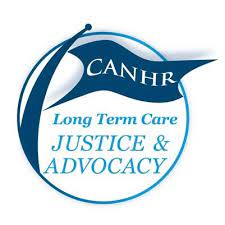Risks of nursing home abuse and neglect in Orange County are often considered in connection with physical elder abuse. In other words, when seniors themselves or their family members are investigating histories of abuse at the facility or worrying about the possibility of injuries due to elder abuse, they are often thinking about physical abuse. Yet nursing home abuse and neglect can take many different forms, and it is essential to have a basic understanding of the signs and symptoms of each type of abuse that may occur in a skilled nursing facility. Today, our experienced Orange County nursing home abuse attorneys want to discuss the differences between physical abuse and psychological abuse in nursing homes and assisted-living facilities in Southern California.
What is Physical Abuse in a Nursing Home?
Physical abuse in a nursing home or assisted-living facility can take many different forms, but it is often recognizable due to visible signs and symptoms of the abuse. For example, if a staff member at a facility strikes or physically assaults a nursing home resident, that resident may have visible bruises, cuts, or other related wounds. Likewise, if a staff member at a nursing home uses physical restraints on a patient unnecessarily, that nursing home patient may have visible signs of physical restraints, such as abrasions around the arms or legs.
 Southern California Nursing Home Abuse Lawyer Blog
Southern California Nursing Home Abuse Lawyer Blog













